Artist: Bob Dylan Album: John Wesley Harding
Year: 1967Duration: 0:0-1
An Analysis of Bob Dylan's John Wesley Harding: A Classic Folk Album
Bob Dylan’s John Wesley Harding came out in 1967 during a time of political turbulence and social upheaval in the United States. The album was, in many ways, a departure from Dylan’s previous work, marked by a shift from the “electric” sound of albums like Highway 61 Revisited and Blonde on Blonde to a more stripped-down, acoustic feel. In this blog post, we will delve into the history of Dylan, explore the music genre of the album, highlight the best songs of the album, and provide an honest critique of John Wesley Harding.
Bob Dylan’s career is full of twists and turns which make him one of the most significant figures in popular music history. Born in Duluth, Minnesota in 1941, he moved to Greenwich Village in New York City in the early 1960s to become a part of the burgeoning folk scene. Dylan quickly emerged as one of the most original and compelling songwriters of the era, releasing seminal albums like The Freewheelin' Bob Dylan and Bringing It All Back Home in rapid succession.
The genre of John Wesley Harding is undisputedly folk, with Dylan returning to his roots. The twelve tracks on the album are marked by Dylan's acoustic guitar, harmonica, and lyrical prowess. The album was released at a time when the Vietnam War was raging, civil rights were being addressed, and the counter-culture of the 60s was in full swing. John Wesley Harding stands as a tribute to these complexities, with its amalgamation of country, rock, and blues styles.
The album’s most famous songs include “All Along the Watchtower,” “I’ll Be Your Baby Tonight” and “The Ballad of Frankie Lee and Judas Priest,” each showcasing Dylan’s exceptional storytelling abilities. The songs range from the light-hearted and playful to the deeply serious, including his take on the classic tale of Cain and Abel in “The Ballad of Frankie Lee and Judas Priest.”
One of the most innovative aspects of the album is the use of biblical and mythical references. For example, “All Along the Watchtower” borrows imagery from the Book of Isaiah, while “The Ballad of Frankie Lee and Judas Priest” features a biblical-style parable about a thief and his accomplice. Dylan masterfully weaves these references into his work and creates a cohesive and powerful set of songs.
As a critical analysis of the album, it could be argued that John Wesley Harding is too simplistic compared to Dylan's earlier works. Critics widely regard it as the most conservative of his compositions, maybe too safe in some ways. However, it is this simplicity that makes John Wesley Harding stand out from his other works, as it captures the essence of Bob Dylan's songwriting by setting simple stories to memorable tunes with his unique vocal stylings.
Bob Dylan's John Wesley Harding marks a pivotal moment in his career as an artist. This album stands alone as being both a crucial aspect of Dylan’s journey as a musician and one of the most seminal folk albums of its era. While it may not be his most experimental or boundary-pushing work, it continues to stand the test of time because of its unique songwriting, references to folklore, and uncompromising scope. If you're a fan of folk, blues or Bob Dylan, John Wesley Harding should be at the top of your playlist.
Bob Dylan's John Wesley Harding marks a pivotal moment in his career as an artist. This album stands alone as being both a crucial aspect of Dylan’s journey as a musician and one of the most seminal folk albums of its era. While it may not be his most experimental or boundary-pushing work, it continues to stand the test of time because of its unique songwriting, references to folklore, and uncompromising scope. If you're a fan of folk, blues or Bob Dylan, John Wesley Harding should be at the top of your playlist.
Other #Classic pop albums:
SIMILAR BANDS
balls, from 1 to 5, describe similarity between the two bands
SOMETHING NEW? LISTEN TO RADIOGENRE
 Tomorrowland
Tomorrowland Alternative metal
Alternative metal Hot Rap & Trap Beats
Hot Rap & Trap Beats Minimal dub
Minimal dub Rock
Rock Electronic
Electronic Industrial metal
Industrial metal Heavy metal
Heavy metal Electro swing
Electro swing Arabic Music
Arabic Music
SUGGESTED PLAYLISTS


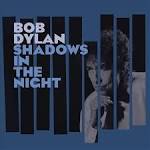


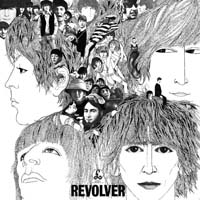
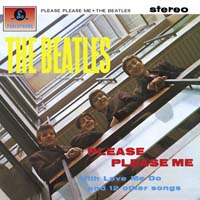
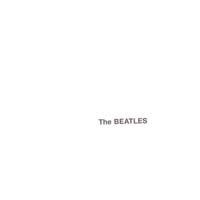
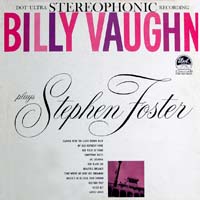
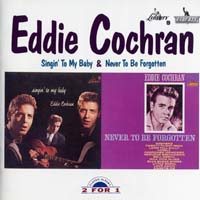
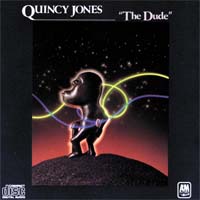
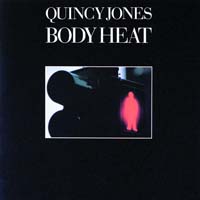
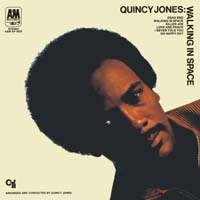
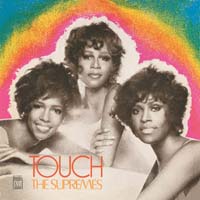
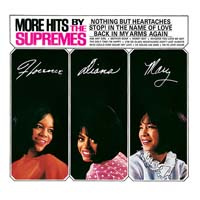
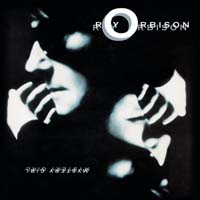
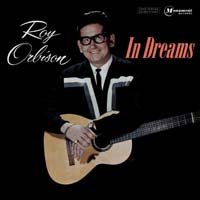
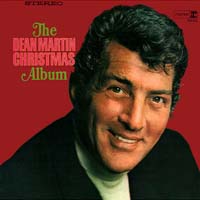
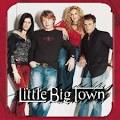

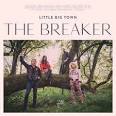
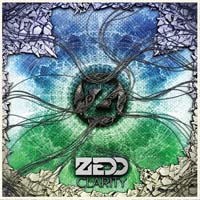




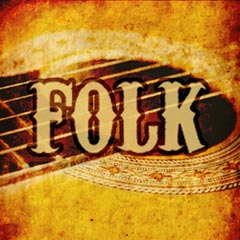 The very best of folk
The very best of folk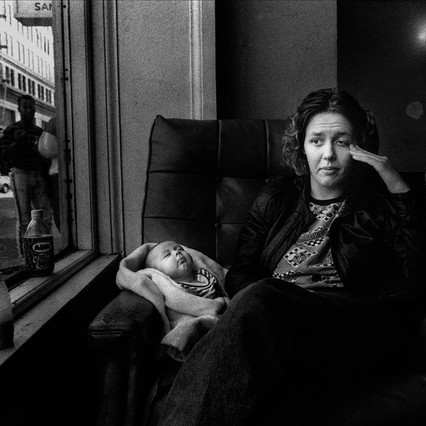 Family Love by Darcy Padilla
Family Love by Darcy Padilla Best Christmas Songs
Best Christmas Songs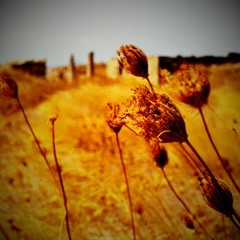 The origins of Ska
The origins of Ska The very best of drone doom metal
The very best of drone doom metal The very best of chillout
The very best of chillout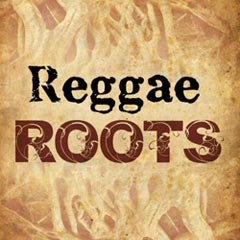 The very best of reggae roots
The very best of reggae roots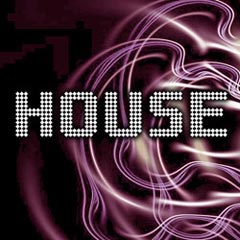 The very best of house music
The very best of house music The very best of rap metal
The very best of rap metal The very best of reggaeton
The very best of reggaeton